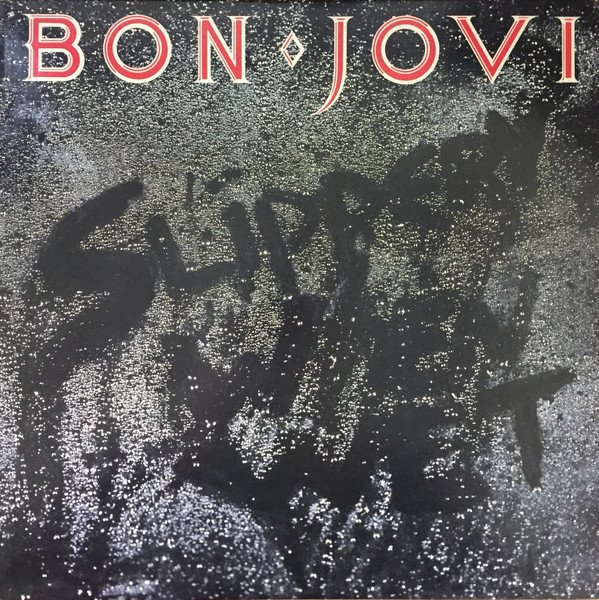When: Released March 19, 1971
Why? This is Tull’s best-selling album. While I’ve heard the opening riff of “Aqualung” (which I only discovered during this listen), I’ve never actually heard the song or anything else on this album. My only previous Jethro Tull experience was the radio single “Bungle in the Jungle” (1974).
What? Eleven songs, 44 minutes.
First Impressions: My pre-listen image of the band, based largely on Ian Anderson’s stage attire (and eccentricities) and his flute playing, was that their songs would all be English-folky with a dash of hippy—songs about fairies, mystical flower-filled meadows, and country fairs. I wasn’t completely wrong: There is at least one song like that here (“Mother Goose”). But the rest of the tracks cover a wide range of lyrical ground, including society’s ills (“Aqualung,” “Cross-Eyed Mary”), religious hypocrisy (“My God,” “Hymn 43,” “Wind-Up”), and helplessness in the face of life’s events (“Cheap Day Return,” “Locomotive Breath”).
Largely acoustic—with only the occasional bite of electric guitars—these songs tend to avoid traditional verse/chorus/verse structure. In most, it would be a challenge to even identify a chorus. Instead, Anderson favors expansive storytelling, with instrumentation that only rarely repeats themes and riffs.
For songs emphasizing narrative and imagery, the lyrics aren’t always clear enough to know exactly what story is being told. And when they are clear, they typically come off sounding preachy, telling listeners exactly how we’re supposed to feel about a character, a situation. (See: “Aqualung.”) Musically, the performances are very good. But because there’s so little structure to these songs, the listener has few melodic hooks to hold onto. As a result, this wasn’t a memorable or even particularly entertaining listen for me.
On the plus side: I enjoy the sound of Anderson’s voice, and his flute playing is as immediately recognizable as Stevie Wonder’s harmonica. My favorite tracks were probably “Cheap Day Return” (for its concise, apt storytelling) and “Locomotive Breath” (for the way it presented its subject matter, as well as the driving musical arrangement).
So? Additional listens may reveal meaningful layers. But there isn’t a single track here that I feel compelled to revisit. Having heard this album once, I’m okay with moving on.




